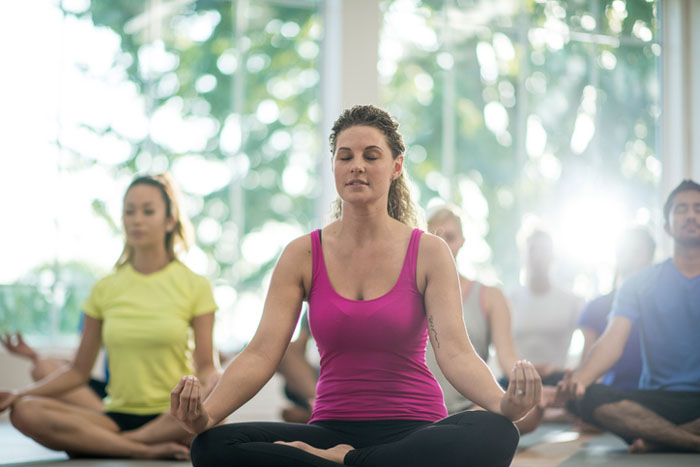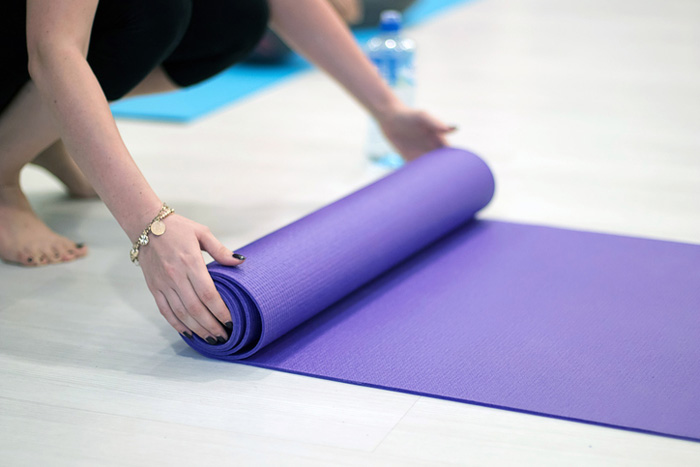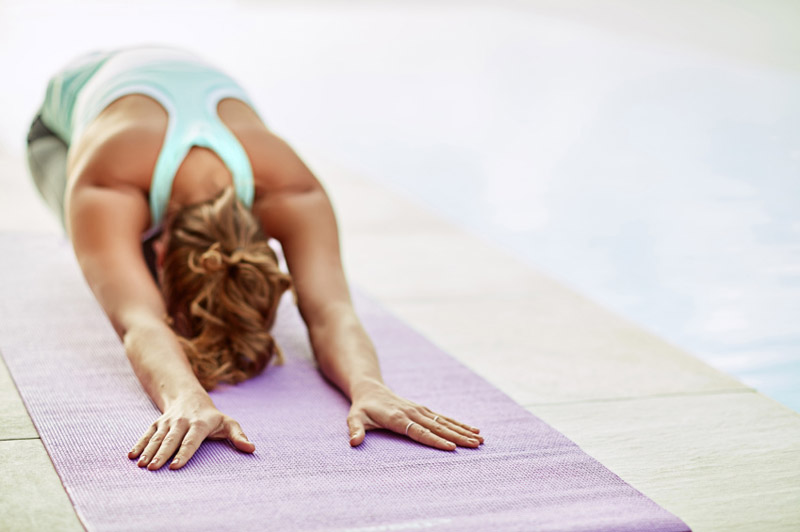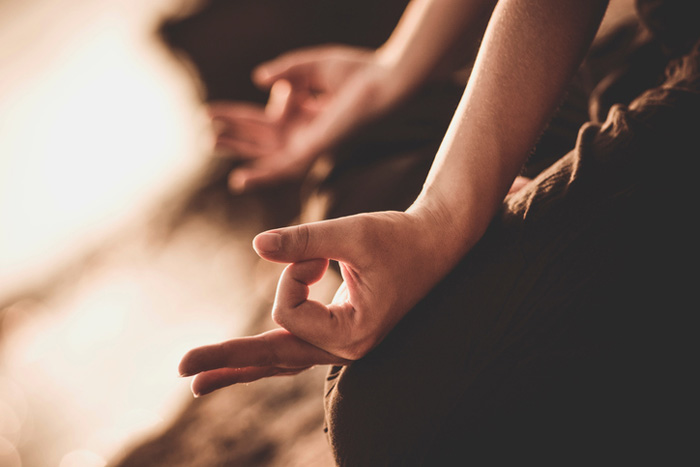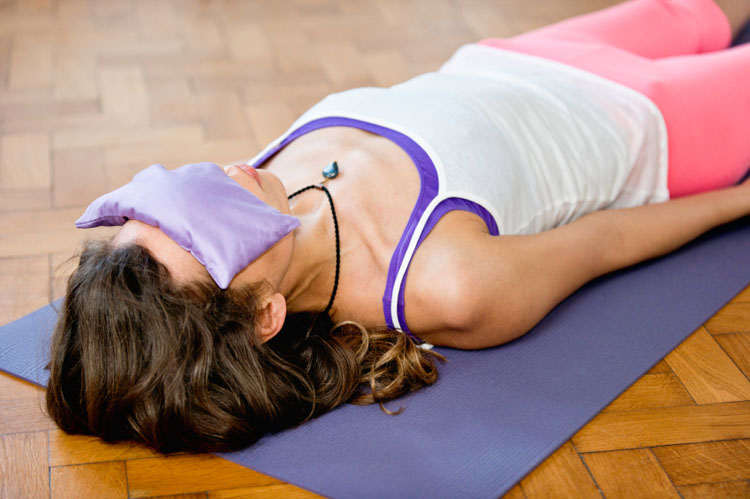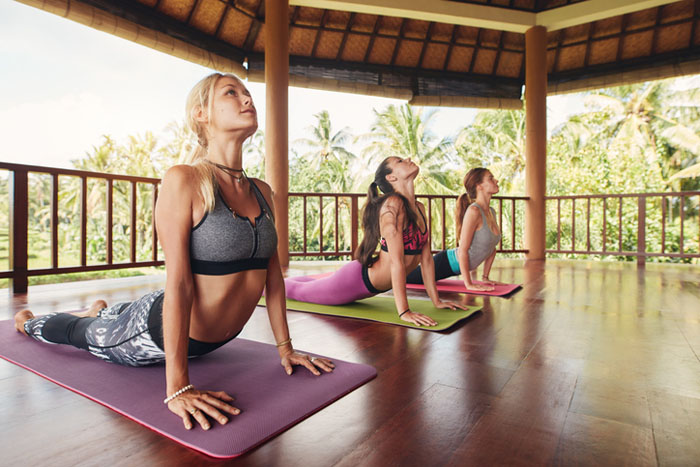
So you are thinking of going to your first yoga class? You might think that everyone will be super flexible and you will look like an inflexible misfit. That’s just totally not true.
Yoga classes are made up of a whole range of different people – from beginner yogis right up to advanced practitioners. As you will read below, you can’t be ‘bad’ at yoga – that’s why it’s called ‘yoga practice’ because we are all just practicing!
Yoga For Beginners: Everything You Need To Know
Another common misconception is that yoga is a religion. It’s not. While yoga derives from the Hindu tradition, it’s an entirely secular practice, so you don’t need to believe in God or believe the ancient philosophy if you don’t want to.
Not only is yoga a great way to build strength and become more flexible (therefore helping prevent future injuries) but it’s also a brilliant way to quiet the thinking mind, relieve stress and become more aware of living in the present moment.
Take a look at our guides to yoga poses for back pain and yoga poses for tight hips here.

